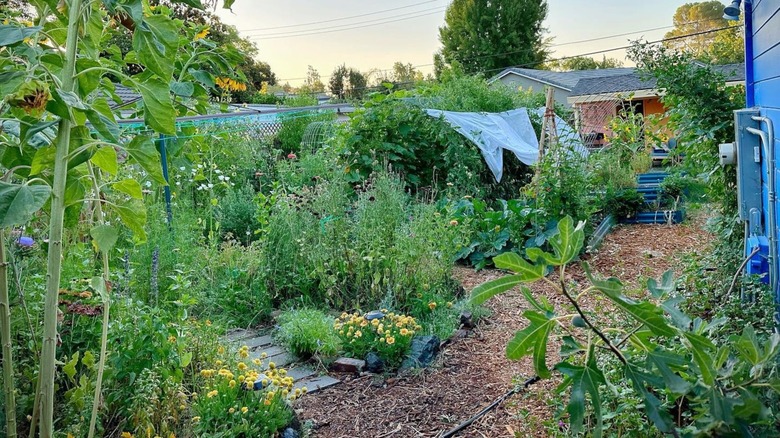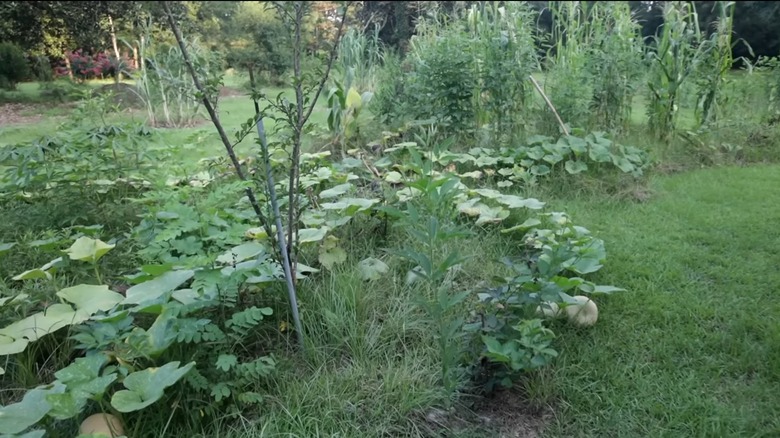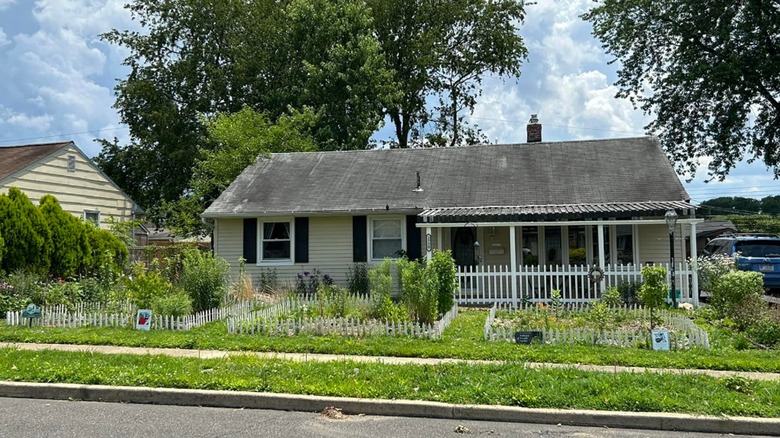What Is A 'Food Forest' And Why Is It A Good Alternative To Your Lawn?
If you're tired of your green lawn or don't feel like fake turf is creative or sustainable enough for you, then you might want to consider growing a food forest. A "food forest" is like a wild garden that mimics nature's style. It provides nourishment, boosts biodiversity, and if curated properly, is relatively low maintenance. It's a super eco-friendly way to minimize your carbon footprint and make the most of an idle lawn space that would otherwise just be sitting there unused.
Growing a food forest isn't easy. It takes time because plants don't grow overnight. But the benefits are well worth it. Having a food forest helps prevent soil erosion. It also creates its own fertilizer by way of falling organic matter that works itself into the ground. Because it contains multiple different levels or canopies of plants, it's great for shade and minimizing water usage, and what water you do use will go toward growing food, rather than a lawn. Plus, it'll also invite all the local fauna to keep it in line, which is great because it's been scientifically proven that waking up to the sound of birds chirping is great for your mental health.
Transforming your lawn into a forest
A food forest isn't just a raised bed gardening plot or wild garden. It's a meticulously designed self-sustaining ecosystem where all the plants work in symbiosis. You need to carefully plan out each layer, or level, so that once your food forest has reached maturity, everything works together harmoniously. You'll want to consider different types of fruit or nut trees for the canopy, as well as smaller dwarf fruit trees which can act as the next level down. Fruit-bearing shrubs like blueberries would go next, followed by herbaceous plants like perennials, asparagus, and herbs. The surface of the soil might have a thin layer of edible ground cover like clover or thyme, in addition to root vegetables. You'll also want to incorporate a vertical layer of climbing plants like cucumbers, nasturtiums, or even passion fruit.
Just remember, a forest doesn't have to be this huge, monstrous thing. It can be small, focusing on a few favorite plants, or it can be devoted to using only local plants. Alternately, it could even be a home for unique tropical plants, a desert-scape, or an edible flower forest. It all boils down to how much space you've got, what the weather's like, the health of the soil, and of course, the availability of water.
Check in with all parties involved
While growing your own food forest is incredibly rewarding, you might want to check with your local government agency before embarking on your new sustainable gardening venture. In general, growing edible gardens in place of a green front lawn is allowed, as long as the chosen plants conform to local regulations. Rules may come into play when introducing non-native species because they can disrupt the local ecosystem. If you live in a condominium or townhouse, you'll definitely want to check in with your homeowners' association (HOA). Because condos and townhouses generally have a more uniform appearance, this typically all-volunteer panel can be pretty uptight about any drastic differences between dwellings.
If your home doesn't have an HOA, your food forest plans might hit a roadblock because it could be seen as a safety issue. For example, it might be given a no-go because tall plants can obstruct visibility, which might affect road safety. If your food forest gets a little too unruly and begins to grow out onto the sidewalk, this can become a hazard for pedestrians. Then there are your neighbors. It's best to check in with them and let them know your plans before you begin your lawn escapades so that they know what's going on and what to expect. The last thing you need is an ongoing neighborly dispute over the fig tree that's hanging precariously close to their property line.


